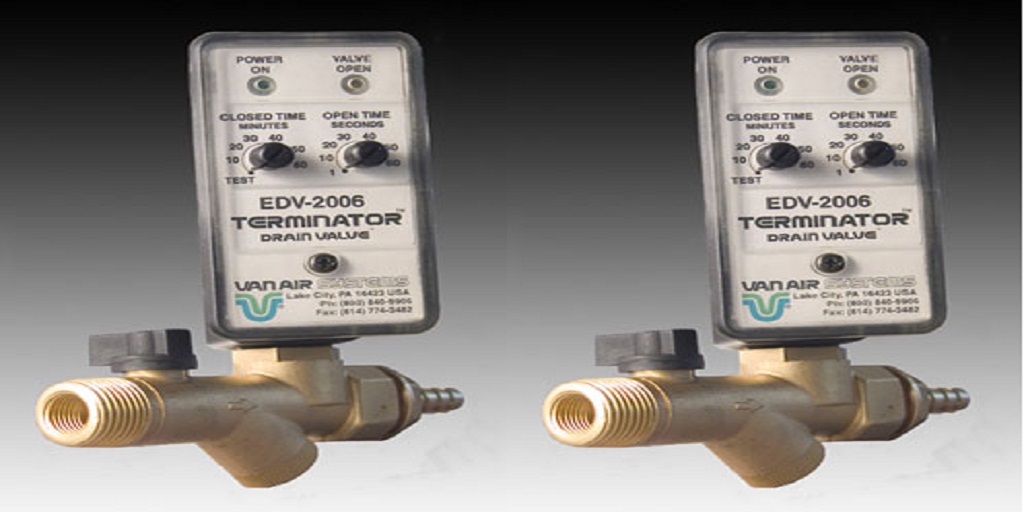When an air compressor, whether it be a rotary screw or reciprocating type, is in use, water vapor is produced as a byproduct. The liquid forms as the vapor cools, and it sinks to the base of the air tank. A drain valve is installed to prevent expensive repairs or replacement of the compressor due to water damage.
Most industrial air compressors have a pressure output of between 100 and 175 psig. Air compressors may use this pressure to perform an almost infinite number of functions. For the sake of efficiency and safety, a number of valves are installed in a compressor to control the pressure and flow of air.
Air Compressor Drain Valve
In the event that water gets into your compression chamber, rust and corrosion will quickly become major issues. If you let it go uncontrolled, corrosion like that will eventually destroy the side of your air receiver.
Water might also overwhelm your compressor’s air dryers, rendering them ineffective. All of this results in moisture farther down the line, which leads to the premature tool and air-powered equipment wear.
An air compressor’s drain valve, located at the bottom of the air receiver, is there to avoid precisely these sorts of issues. Using the air compressor drain valve, excess water can be drained from the device.
A drain valve’s primary function is to release moisture vapor into the air. Condensation removal helps avoid corrosion that can eat away at the compressor and reduce its useful life. The drain valve helps extend the life of the tools and machinery that use compressed air by removing any moisture from the system.
Distinctions Between Various Drain Valves
Among the many varieties of drain valves for air compressors are:
Float-operated
This float-operated valve diverts water into a drain valve housing. When the tank fills up, the water pours into this enclosure. Because of the increased water level, the float inside the house rises.
When the water reaches a certain point, the float opens the drain. A portion of the compressed air is wasted by this valve design. This can be an energy drain in more extensive air compressor systems.
Timer-controlled
Preset intervals determine when a timer-controlled valve opens and closes. This setup works well in highly controlled conditions. In other words, the water level is not detected by the valve.
As an alternative, the valve is controlled by an electrical timer that activates it at predetermined intervals. The volume of liquid created varies due to the water content of the compressed air, which in turn is based on the relative humidity of the surrounding air.
The loss of compressed air and the associated wasted energy occur once again.
Zero-loss
Unlike traditional drain valves, a sensor probe in a zero-loss drain valve constantly monitors the level of water in the tank. To ensure the valve is functioning properly, a sensor probe detects and records any water levels.
When the water level rises to a certain point, the probe transmits an electrical signal to a solenoid, which opens the drain but shuts it off again before releasing any compressed air.
The company, known as Air & Vacuum Process, Inc., has been in business for many years, providing customers with breathing air systems, air compressors, and air compressor drain valves of the highest possible quality. See their online store right now!



